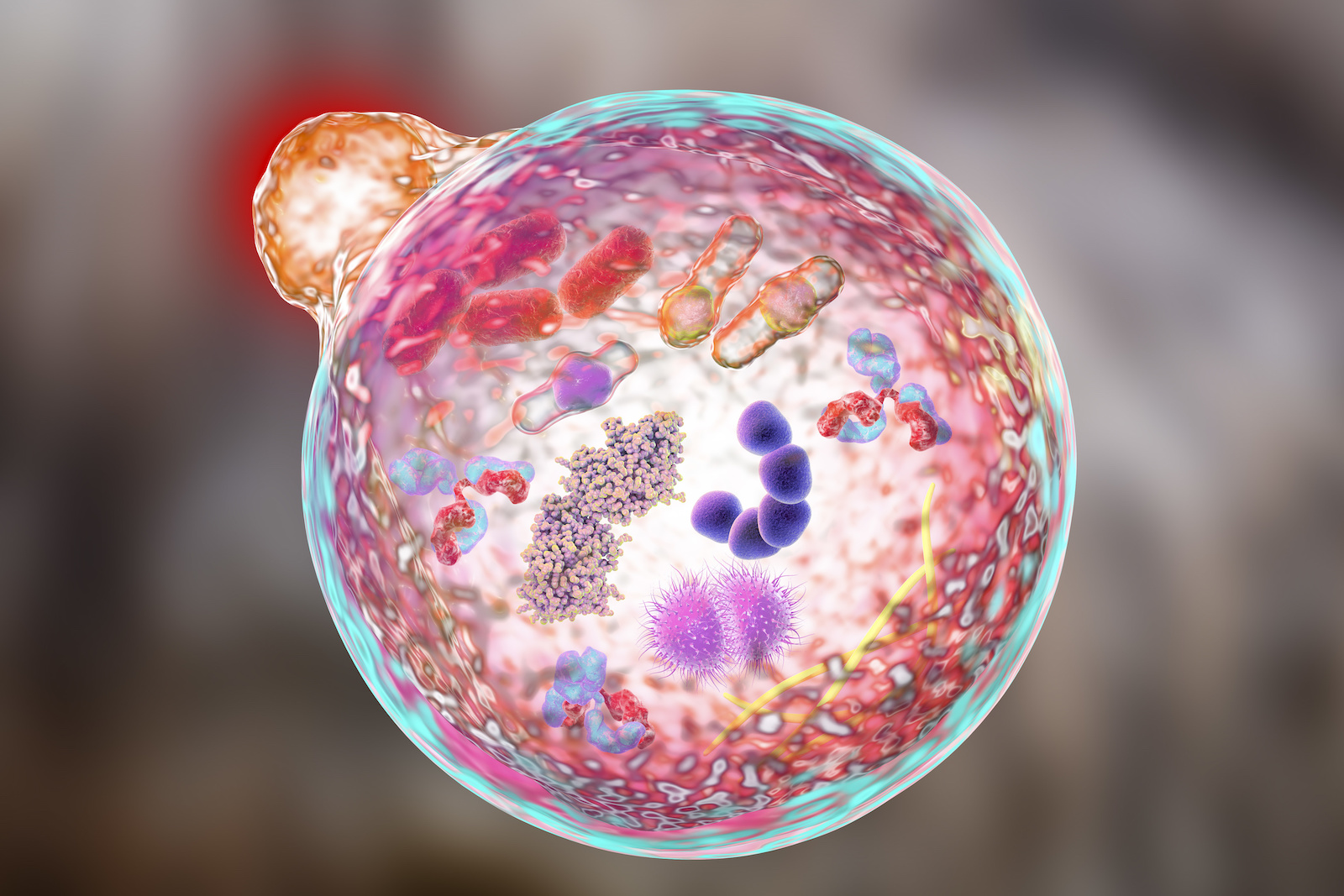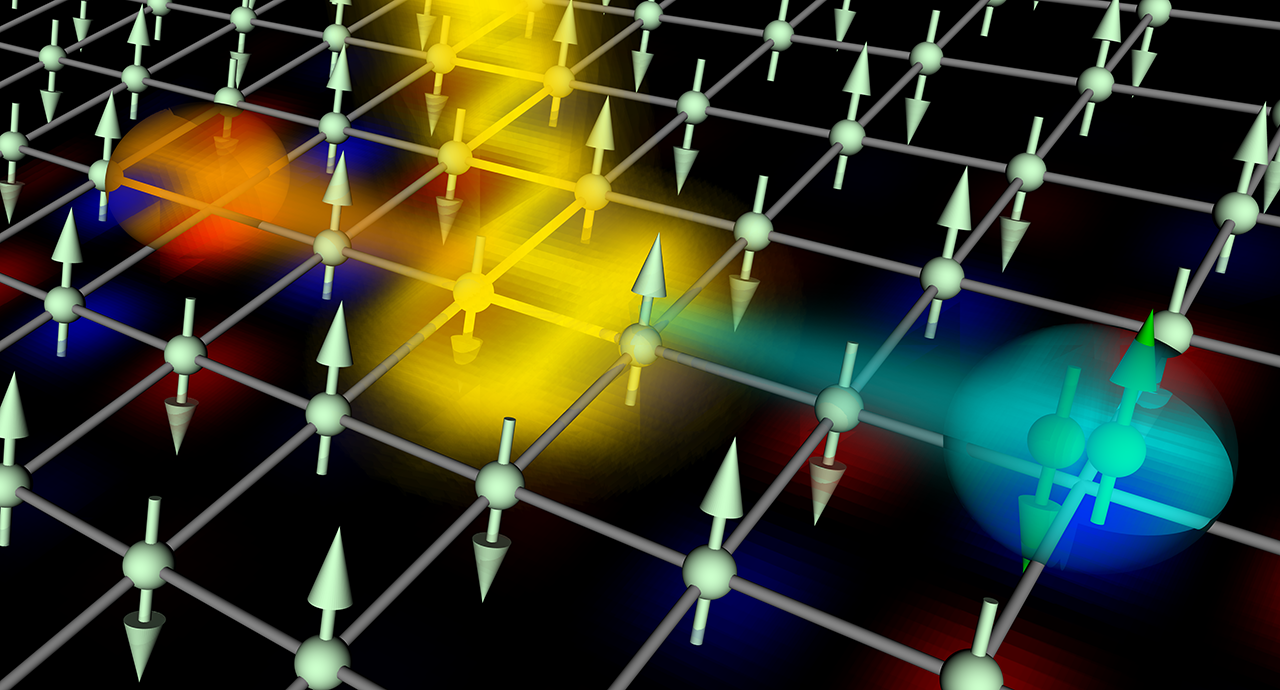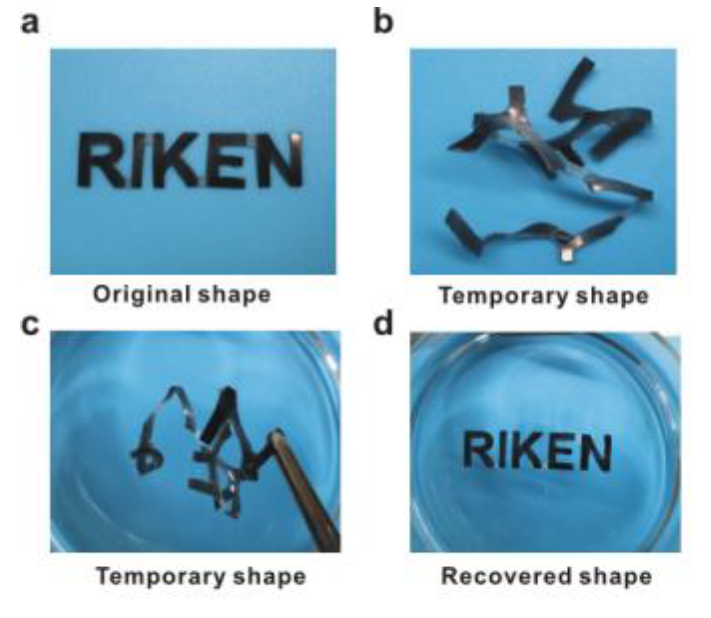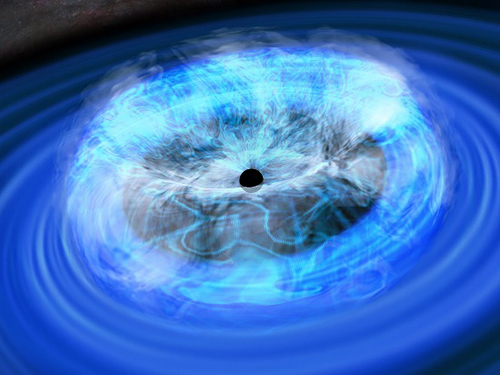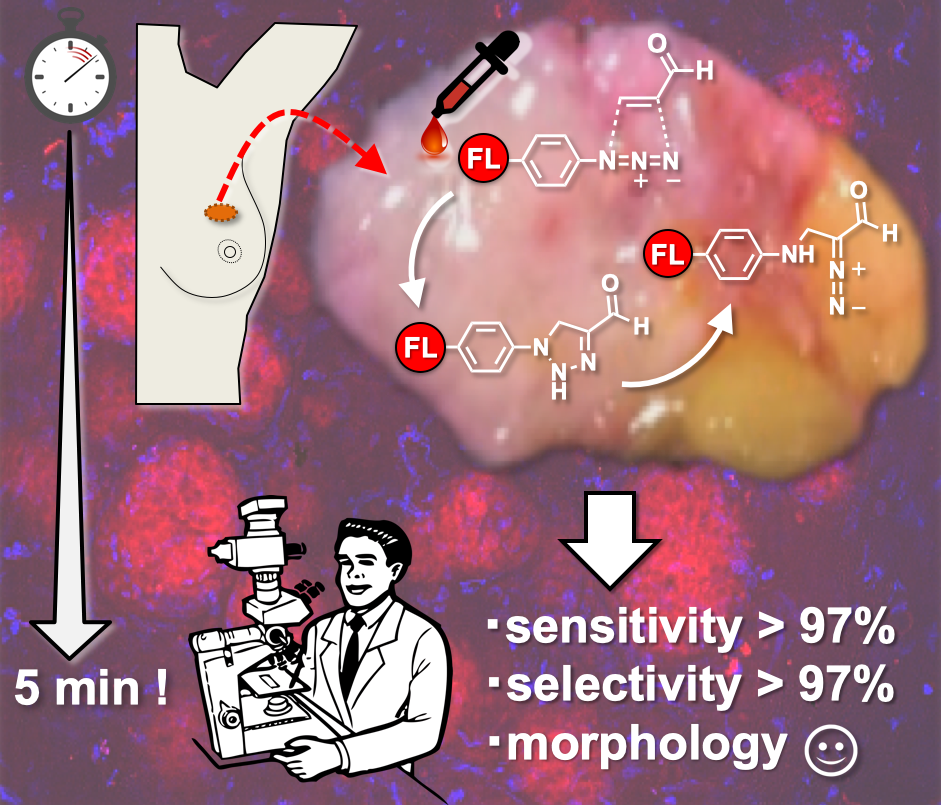Latest research animations
Self-assembly of spider silk
This gut microbe might protect against diabetes and reduce insulin resistance
NEW: One-way hydrogel guides motion of tiny worms!
Latest Posts
No Results Found
The page you requested could not be found. Try refining your search, or use the navigation above to locate the post.
Flies smell through a gore-tex system
Protein pileup affects social behavior through altered brain signaling
The joys of computational mass spectrometry
Pulses of light can enhance superconductivity
Scientists create new type of self-healing material
Brain clock ticks differently in autism
Supermassive black holes still dark and mysterious
Evolution of the inner ear: insights from jawless fish
Tumor detection during breast cancer surgery
Mar
26

Telework: a societal game-changer
COVID-19 series — installment #3: Team Leader Osamu Sakura (@RIKEN Center for Advanced Intelligence Project) talks about how the pandemic has affected society through the need for telework.
Mar
18

Decision-making during the COVID-19 pandemic
COVID-19 series — installment #2: RIKEN CBS Unit Leader Rei Akaishi talks about government decision-making during the pandemic.
Mar
5

Confronting a string of epidemics including COVID-19
COVID-19 series — installment #1: RIKEN Executive Director Shigeo Koyasu talks about epidemics and what a good response looks like.
Feb
19
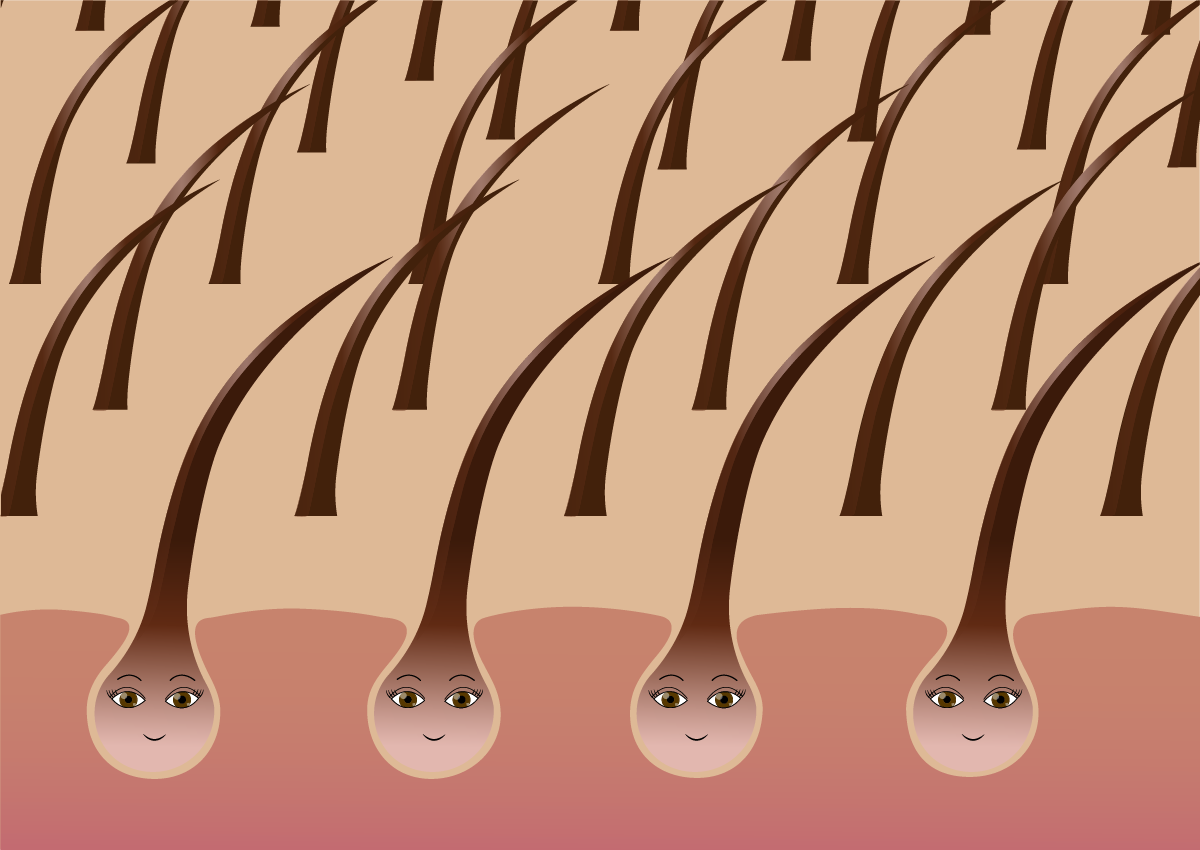
Next stop: clinical hair regeneration
A new recipe for continuous cyclical hair regeneration in mice. This means that the hair will continue to fall out and regrow like normal hair.
Jan
22
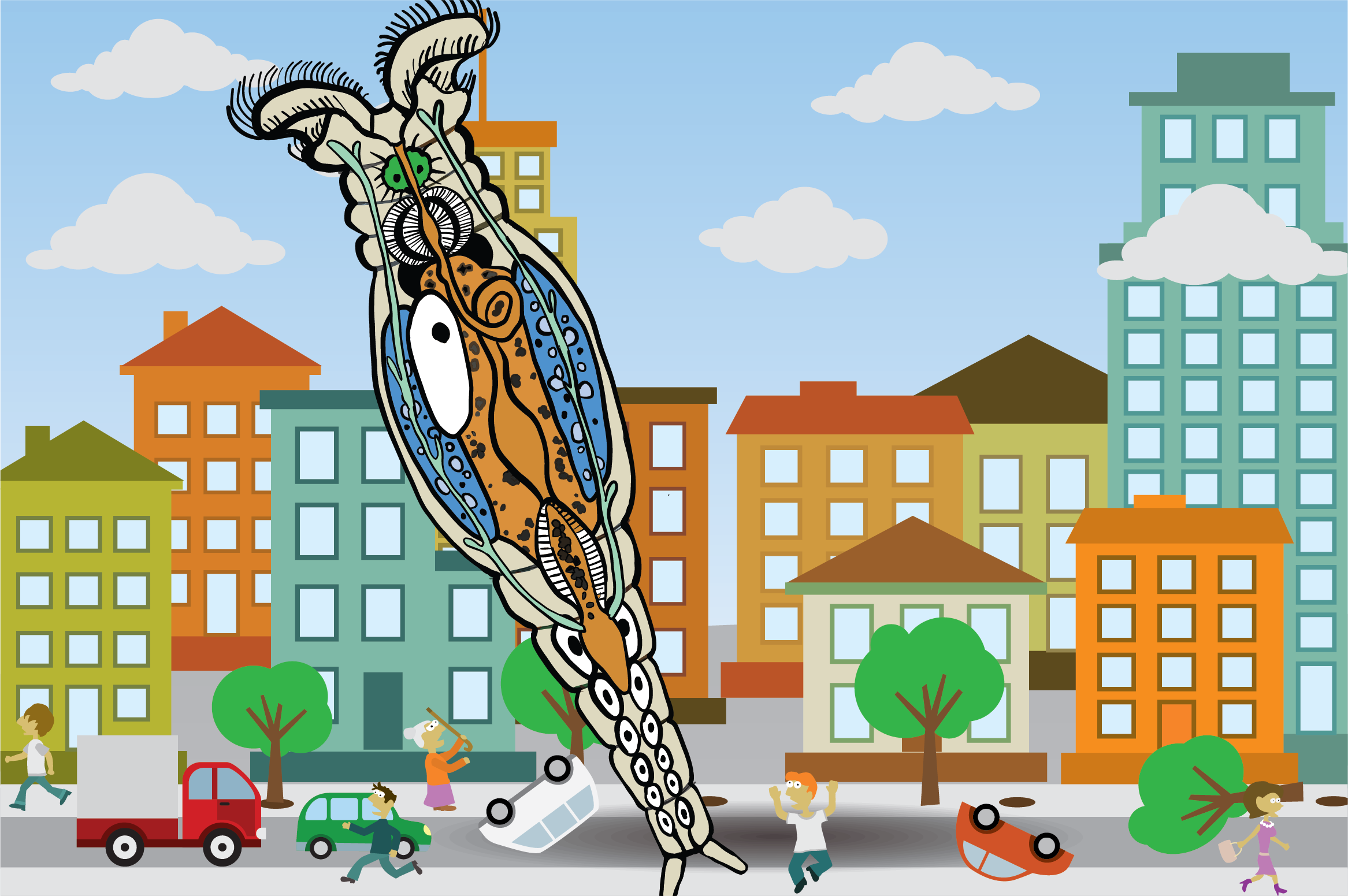
Godzilla-sized zooplankton for better aquafarming
Scientists have created extra large zooplankton to help feed the fish in aquafarms. The new plankton were created using an ion beam to generate mutations.
Dec
10

Electric rays to help us map the ocean floor
Electric rays and sting rays could map the ocean floor through their natural behavior, helping us find resources and collect data on other ocean life.


